 Rudd's penchant for a 'big Australia' is behind his absurd record immigration policy. Population growth and congestion is out of control and is the common denominator driving up Australian land prices, electricity, water, inflation, consumer demand, interest rates, and consequently the costs of living of ordinary Australians.
Rudd's penchant for a 'big Australia' is behind his absurd record immigration policy. Population growth and congestion is out of control and is the common denominator driving up Australian land prices, electricity, water, inflation, consumer demand, interest rates, and consequently the costs of living of ordinary Australians.
Our state and federal public infrastructure cannot cope - roads, public transport, health, education, housing, you name it!
Our state and federal public infrastructure cannot cope.
The cost of living for ordinary Australians is becoming desperate!
BIGGER ELECTRICITY BILLS
Today, Origin Energy chief executive, Grant King, warned the Committee for the Economic Development of Australia in Sydney that Electricity prices across Australia were likely to triple over the next 10 years.
He blamed the combination of the federal government's mandatory renewable-energy targets, energy policy uncertainty, higher electricity transmission and distribution costs, and higher fuel costs would drive the increase.
King attributed the rise in electricity demand to booming sales in energy-inefficient flat-screen televisions and air-conditioners. ['Energy prices to triple', The Australian April 14, 2010] This is clearly a consequence of new housing development driven by population growth laregley fueld by record immigration. And the growth lobby like the Urban Taskforce are lapping up the new cash!
Last month, that dodgy NSW Government euphemism 'The Independent Pricing and Regulatory Tribunal (IPART)' approved electricity price rises of up to 64% over the next three years, with "those living outside the main cities will bear the brunt of the increases."
'Country Energy, which provides all of rural NSW customers with their electricity, has been allowed to raise its prices by the steepest amount, with an increase of $918 if the scheme is introduced; otherwise, the rise will be $601.
'Overall, Energy Australia customers will see prices rise by a total of 46 per cent, for Integral Energy 60 per cent, and for Country Energy 64 per cent.
Welfare groups have warned that the price rises will force many low-income households into ''energy poverty'', and they will not be able to afford to pay their bills.'
[Brisbane Courier Mail, 'Households to feel pinch as price of power soars', 19th March 2010]
BIGGER WATER RATES
Across Australia, water rates are on the rise as each capital city spends big on desalination plants to cope with their swelling populations.
Last April (2009) it was reported by the Essential Services Commission that Melbourne households faced water price hikes of up to 84% over five years. The key drivers were claimed to be the global economy (standard excuse) as well as government not keeping water infrastructure up to demand and so deferring infrastructure works for years. [The Age (Melb), 21 Apr 2009]
Just two days ago, (12th April 2010), with Melbourne's extravagant new desal plant blowing out to cost a whopping $5.7 billion, Melbourne's water prices will further escalate to pay the bill and because of the extravagant dependency of desalination for electricity, which is also going up in price.
'Over the past five years the price of electricity has increased 13 per cent a year in Victoria - and in NSW prices have risen 28 per cent a year in each of the past two years.'
['Water plans drift behind a veil of secrecy', The Age April 12, 2010]
BIGGER HOUSING PRICES
In 2009 Australian capital city house prices rose by 12.1%. Meanwhile Australia's homeless stands at 16,000. Key drivers for house prices surging are the government’s first-home owners’ grant boost.
['Web alert - warning on 'crazy' house prices', Sydney Morning Herald, 16th February 2010]
Other drivers are the inflow of new immigrants seeking accommodation and foreign nationals permitted to invest in Australia's residential housing market.
BIGGER MORTAGE INTEREST RATES
Last December, interest rates were predicted to rise 1% during 2010. But the drivers were the surge of capital projects in the next few years and China growth.
['Business, brace for 1% rise in interest rates in 2010', Sydney Moring Herald, 24th December 2009]
This month, all the banks followed the Reserve Bank in raising their mortgage rates by 25 basis points, making this the 5th interest rate rise since October and has pushed up mortgage costs by a total of almost $250 a month.
Treasurer Swan said the rise was “a painful reminder” the economy was improving. How out of touch is Swan?
Economists warned there could be at least one more rate rise before the end of the year.
['CBA, ANZ, Westpac follow as Reserve Bank raises official cash rate to 4.25%', Herald Sun , 6th April 2010]
BIGGER GROCERIES BILLS
It was confirmed just last November that Australians "are paying the fastest-rising food prices of any major developed nation. The cost of feeding a family has shot up more than 40 per cent this decade, new OECD figures reveal.
Experts say the explanation for our pricey produce and soaring staples is not drought, currency movements or transport costs. University of NSW associate professor Frank Zumbo said comparing costs over 10 years eliminated such variables and exposed our "cosy" supermarket duopoly as the main reason.
[Daily Telegraph, 'Australia has fastest-rising food prices of any major developed nation', 9th November 2009]
BIGGER MEAT PRICES
Wholesale butcher Kevin Masterton says the days of expensive cuts at cheap prices are over for Australian meat lovers. He's predicted Australian meat prices will never be the same again.
"Everyone is predicting Lamb will be the first Australian meat that is unaffordable. Some of the predictions I've seen is that lamb racks and cutlets will be one hundred dollars a kilo by the middle of this decade," Kevin said.
And it's all because we've been spoiled for choice. The drought has forced farmers' hands - they've had to off-load cattle to stay afloat. "They see that they are going to make more money on the cattle so they hold onto them for longer. There is also quite a bit of export, the economy has started to turn so there is less cattle in the market," Kevin said.
And it's a similar story when it comes to lamb. There's been a nine per cent jump in retail sales and a 10 per cent rise in national expenditure on the meat.
And this year the nation's sheep flock is forecast to hit its lowest point since 1905. "And we have got massive exports to the middle east, so if you take those factors into account they've had a pretty detrimental impact on the stock," Kevin said.
"Lamb has probably had the most spectacular increase - we are probably talking four to five dollars a kilo for the lamb cuts."
['Meat prices on the rise', Today Tonight, 3rd March 2010]
So there is not enough capacity in our meat livestock industry to cope with demand, hence meat prices are going up.
BIGGER PETROL COSTS
"Crude oil prices have surged to 18-month highs on the weekend and have swept petrol prices higher.
Oil prices could go to $US95 a barrel, warns analysts. Domestically, a litre of unleaded petrol costs $1.29, up 0.3 cents.
'Oil, which has been trading at between $US75 and $US85 a barrel for months, now appears to be in a new range that could go up to $95, according to oil trader and analyst Stephen Schork.'
[Perth Sunday Times, 'Petrol prices set to rise, 6th April, 2010]
The trend suggests that Australian petrol prices could be nudging $2 a litre in two years time and this time it will stay there in line with international prices. Ain't globalisation and free trade great for locals!
BIGGER POORER AUSTRALIA
The compounding cost of living for ordinary Australians is becoming desperate!
What the economic data doesn't report is the social consequences - like the growing depression, family breakdowns, homelessness, substance abuse, suicides and domestic violence.
The long term impacts on children are devastating for not only the children but the future society they become adults in.
More people into less space driving up living costs, only delivers a poorer Australia.
The drivers of these costs must be addressed as a national priority.
The BIG elephant in the room is starkly Rudd's immigration out of control!
Rudd's red herring Population Minister is just that, an election red herring.
Rampant Rudd and his immigration wrath must be stopped!

 ADI Site -
ADI Site -


 (saltmarsh coastline typical in Australia source: Wikimedia commons).
(saltmarsh coastline typical in Australia source: Wikimedia commons).


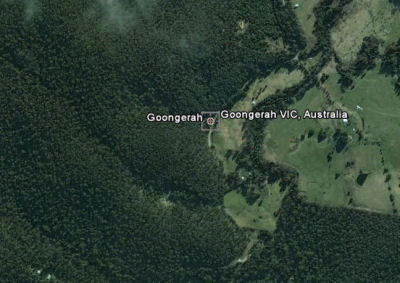

 We look at Dr Katharine Betts's latest graph of ABS statistics on the ratio of working to dependent in Australia, noting that it is both untrue and discriminatory to imply that the 'Aged' are by far the biggest group of 'dependents.' In relation to the graph, we also look at the role of land-use planning and the social division of work in industrial society in creating financial dependencies where none previously existed. We note that established financial and institutional investment in the post-war industrial-contractual model makes it inflexible and resistant to changes in economic feedback, but that change it must as fossil fuels deplete. Left to their own devices, Australians would probably return to the human default social organisation around kin and place, which is flexible and low cost. This will only become possible, however, with cheaper land and an economic system which permits increasing relocalisation and more flexible use of land than the current plans for packed appartments and dense dormitory-suburbs anticipate.
We look at Dr Katharine Betts's latest graph of ABS statistics on the ratio of working to dependent in Australia, noting that it is both untrue and discriminatory to imply that the 'Aged' are by far the biggest group of 'dependents.' In relation to the graph, we also look at the role of land-use planning and the social division of work in industrial society in creating financial dependencies where none previously existed. We note that established financial and institutional investment in the post-war industrial-contractual model makes it inflexible and resistant to changes in economic feedback, but that change it must as fossil fuels deplete. Left to their own devices, Australians would probably return to the human default social organisation around kin and place, which is flexible and low cost. This will only become possible, however, with cheaper land and an economic system which permits increasing relocalisation and more flexible use of land than the current plans for packed appartments and dense dormitory-suburbs anticipate.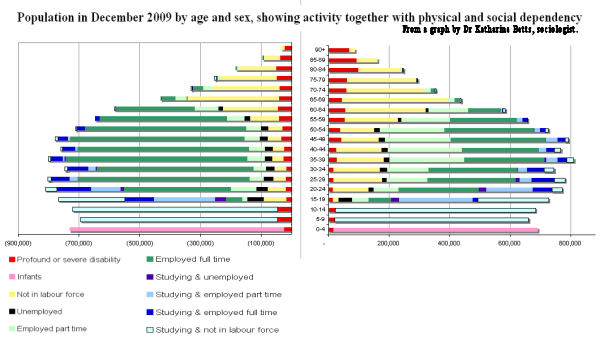







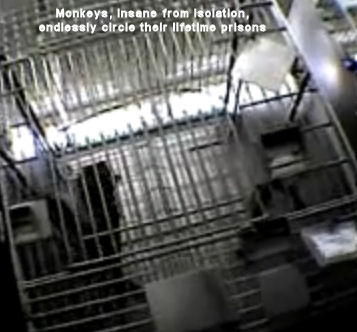
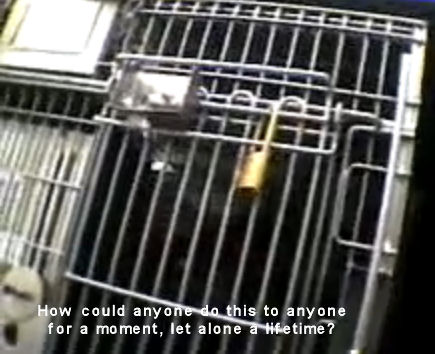


 Report on the Federation Square (Victoria, Australia) Population Forum on 23 April 2010, where Mark O'Connor debated Marcus Spiller.
Report on the Federation Square (Victoria, Australia) Population Forum on 23 April 2010, where Mark O'Connor debated Marcus Spiller. 



 Republished here to give background to Sheila Newman's remarks in her debate with Steve Bracks on the Jon Faine show 19-4-2010. You can
Republished here to give background to Sheila Newman's remarks in her debate with Steve Bracks on the Jon Faine show 19-4-2010. You can 

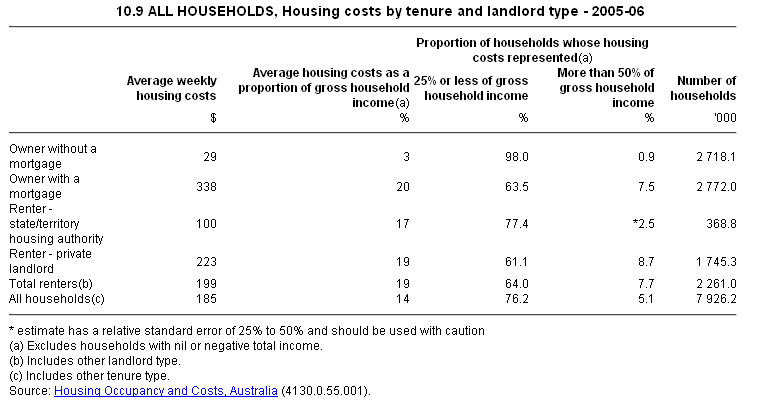




 Photo by Jill Quirk
Photo by Jill Quirk








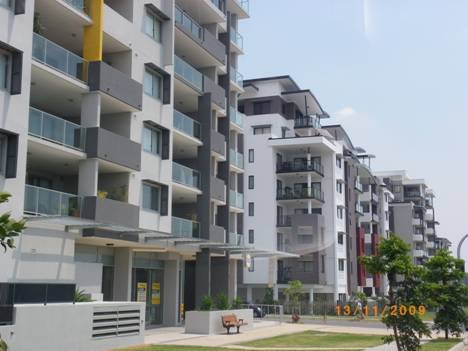


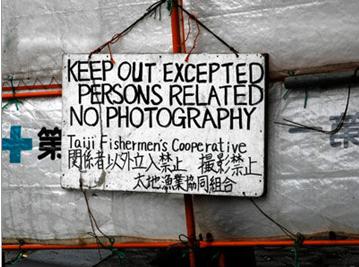
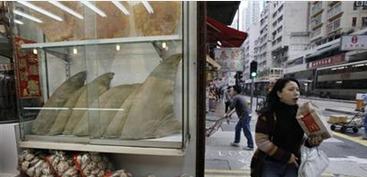
 This important statement from the Public Health Association of Australia came out in November last year but has been overlooked. It should be emphasised that the Public Health Association does not make press releases like this lightly. The entire document can be downloaded
This important statement from the Public Health Association of Australia came out in November last year but has been overlooked. It should be emphasised that the Public Health Association does not make press releases like this lightly. The entire document can be downloaded 

 Senior Constable McEnally
Senior Constable McEnally.jpg)



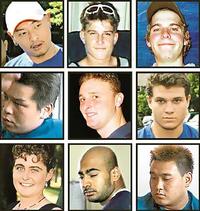

Recent comments